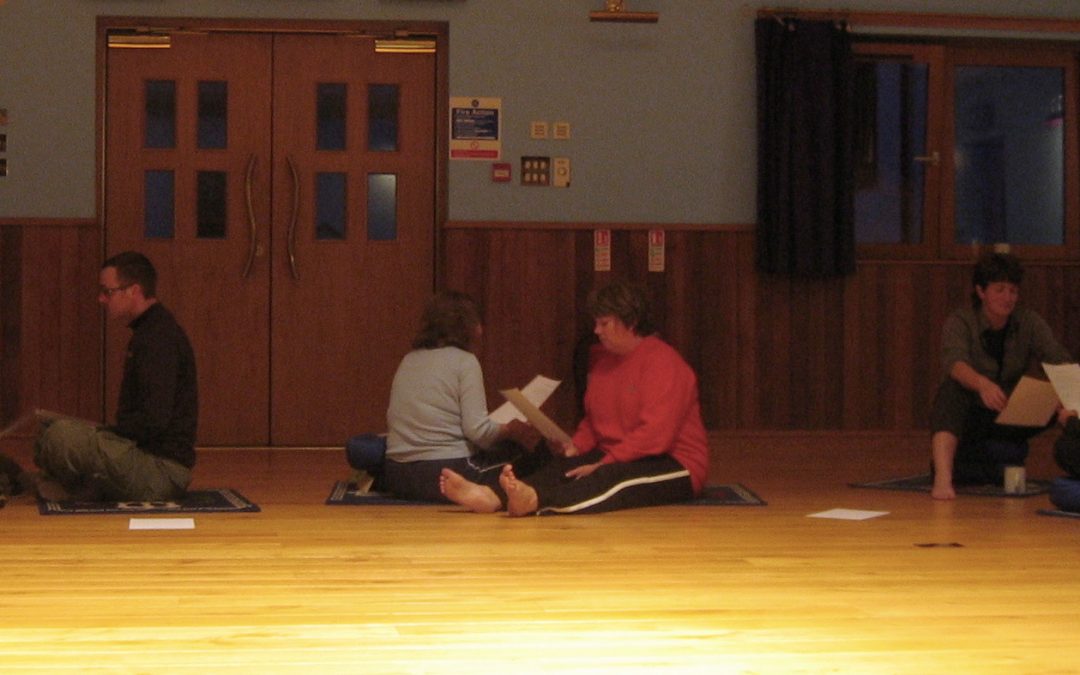Sometimes people tell me that they don’t need mindfulness training. All is well in their lives. I am happy for them.
We all know that our lives can be transformed in a flash. A birth, a death, a disaster. All of us know someone or are touched ourselves by a life-changing event at some point in our lives.
On Easter Day many people started their day feeling safe and looking forward to being with friends and family. A normal day. Then in Sri Lanka the unexpected happened. The devastation that ensued changed their worlds irrevocably.
I know that country well. My first time in Sri Lanka was in 1993 as a British Council visiting artist training a group of film actors. On a normal day like any other the then President Ranasinghe Premadasa was assassinated. Our work stopped. The country was in lock-down. The shock was universal. Following the President’s funeral we resumed our training with a profound sense of the fragility of life.
Another visit was after the tsunami of Boxing Day 2004. I met with a group of people who had survived the tsunami and 25 years of civil war. The course I put together for them, Training the Trainers, continues to be delivered throughout the country to this day. Its intention is to enable community leaders to give their communities practical heart-based skills that transform grief, trauma and hopelessness into creativity and hope. That first group post-tsunami were a mixed bunch: men and women, teenagers and pensioners and everything in between, and with a mixture of backgrounds: Tamil, Singhalese, Hindus, Christians, Muslims, Buddhists and more. Their differences dissolved rapidly as they saw that far more united them than divided them. Friends for life were made during those few weeks of intensive work. Some, as I write, are today offering those same skills to the communities that found themselves caught up in the atrocities of Easter Sunday.
The heart of this training was delving into what each one of us carried within ourselves, the often hidden and very personal stuff like preferences, beliefs and expectations which hamper free and accepting communication. Bringing these matters into the open allowed understanding of our own and another’s situation to emerge. Then our own innate compassion for ourselves and others is able to flourish. This investigation brought a vivid awareness of that fine line between helping or harming.
As the facilitator of this work and responsible for establishing a safe and confidential space for everyone I saw that my own continuous and ongoing mindfulness practice enabled me to be with them without being overwhelmed by their personal stories of destruction, death and loss.
Life isn’t all pain and loss. It also has periods of joy. Love and kindness can sit in the same room as suffering and grief. I experienced both in abundance during those intense periods in Sri Lanka.
My mindfulness training and personal practice supports me in all I do.
So when is the best time for you to attend a Mindfulness Training course? Best always when life flows smoothly and all is sweet. Of course there are those who do come on a course when things have crashed. And the ancient yet simple techniques of mindfulness practice offer balance and calm to them too. But best to get yourself geared up so when things do fall apart the skills that support and soothe the wounded heart are readily available.
Sue Weston
Friday 10 May 2019
